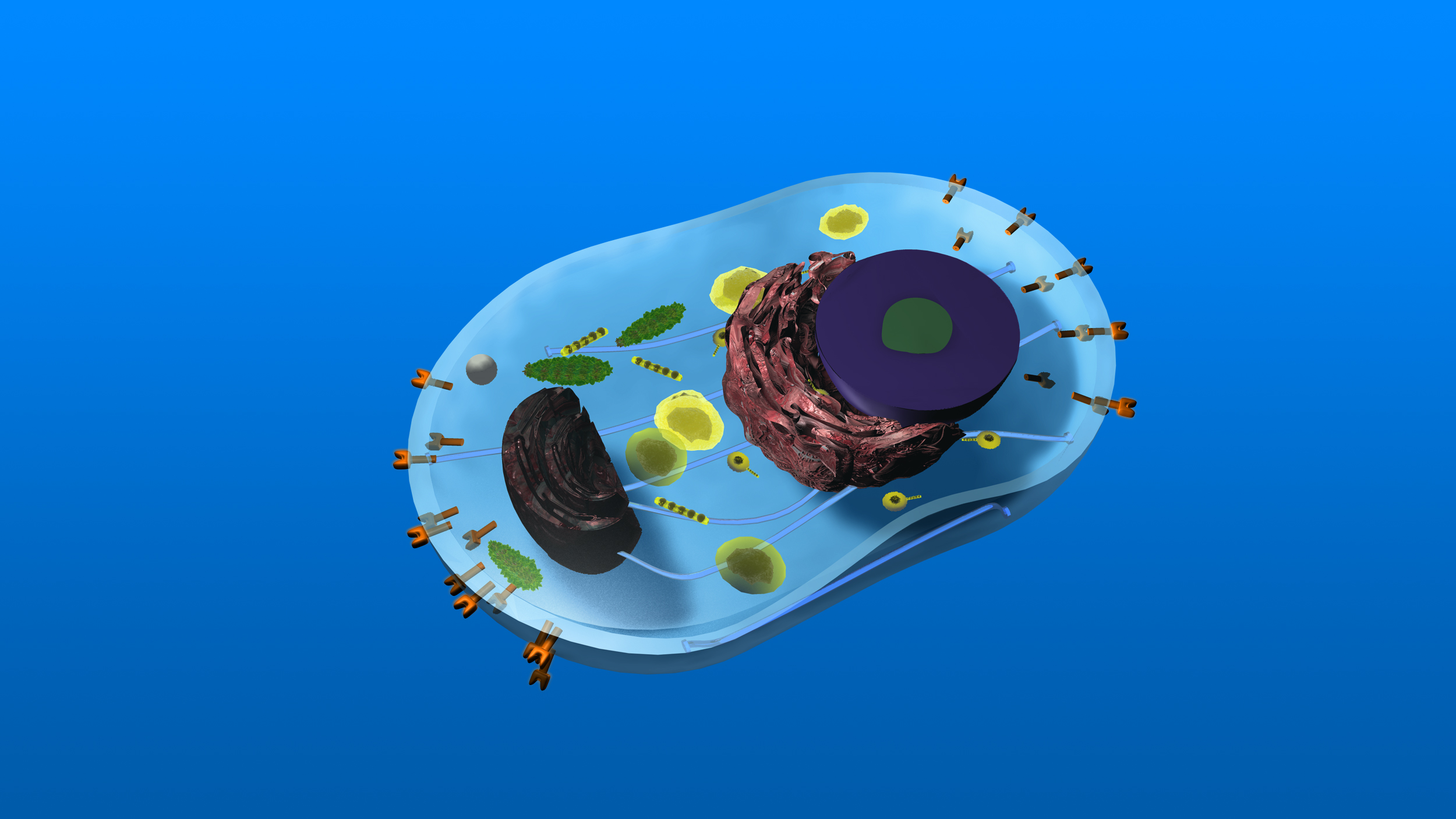Human Body Games Middle School
Human Body Worksheets and Human Body Quizzes. >>Science Quizzes >>>>Biology quizzes>>Human Body Human Body Facts Human Body Games Human Body Diagram Human Body. Human Body Activities (T. Tomm, Havana Junior High, Havana, IL) I have listed below several activities and worksheets related to the body systems that I used during my Health unit for 7th & 8th graders.

Find quality Lessons, lessonplans, and other resources for Middle School Human Anatomy / Physiology and Body Systems and much more.
The Human Body: An Online Tour The human body is the most fascinating and fantastic machine in existence. No one understands all of its many mysteries; and no single source can do justice to its many parts. This week, Education World tours the Web to find the best 'human body' sites. You won't believe what we discovered! Included: Sites for all ages. Activities too!
Do your students know that • more than half the bones in the human body are in the hands and feet? • the highest recorded 'sneeze speed' is 165 km (102 miles) per hour? • the heart beats about 3 billion times in the average person's lifetime? • a newborn baby has 350 bones, but a fully-grown adult has only 206? • blood is a liquid organ? • everyone is colorblind at birth? • the surface area of the lungs is approximately the same size as a tennis court?

• food will get to your stomach even if you're standing on your head? • skin is the largest body organ? • the average adult is made up of 100 trillion cells? WANT TO KNOW MORE?
Those are just a few of the fascinating facts we discovered while visiting the sites below. Want to learn more? Includes interesting information about the brain, the digestive system, the heart, and the skeleton in a highly interactive format. At this site, every page provides a new adventure.
Students can learn the names and functions of each part of the brain, build a human skeleton from a friendly pile of bones, organize the digestive organs, or take a narrated tour of the human heart. You'll have a hard time dragging yourself or your students (upper elementary grades and above) away from this colorful and imaginative site, but be sure to wait for each page to fully load before choosing an activity. Otherwise you'll miss half the fun. (Requires Shockwave. Download Vga Driver Hp Pavilion Dv6- Download Special Version. ) Slightly older students will enjoy a visit to, a fun-filled and informative exploration of the human body intended for students age 11 and above.
There they can tour the human body for an overview of the major body systems, stopping frequently along the way to delve more deeply into each system's individual parts. Students will discover how each body system works and find out how each body part contributes to the functioning of the whole body. They can search for specific information, perform experiments, take a quiz, post or answer questions on a bulletin board, and chat with other BodyQuest users.
The site features engaging graphics, highly readable text, and lively music. Learning has never been so easy or so much fun! Is a fascinating and fact-filled tour of the human body for students in middle school and above. Students can click on Interactive Anatomy, choose one of several different anatomy systems, and roll a mouse over the system to learn the names and functions of various organs. Or they can choose Anatomy Lessons to tour the human body organ-by-organ. The site features colorful diagrams, extensive labels, and clear, descriptive text.
At the other end of the spectrum,, a site intended for high school students, provides a extremely comprehensive look at the human body's circulatory, digestive, immune, nervous, muscular, reproductive, respiratory, and skeletal systems. However, information for most body systems is only accessible by clicking 'low band width' on the welcome page, and the information in that format is completely text-based.
Students will find fascinating facts about the human body at to discover a list of truly interesting trivia about the human body. FOLLOW-UP ACTIVITIES Math.
Use the facts at to create math problems for your students. For example, you might ask How many gallons of blood does your heart pump in a week? How much longer than the large intestine is the small intestine? Or How many more calories do boys need to eat in a single day than girls do?
Arrange students into pairs and ask each student to trace an outline of his or her partner's body on a large piece of butcher paper. Then have each student draw (or create using construction paper) as many body organs as possible within the outline. Encourage students to label their drawings. Provide younger students with a copy of and ask them to complete the word search. Continue the activity above by asking students to put the body parts in ABC order. More science. Arrange students into groups and ask each group to create a diagram of a major body system.
Combine their drawings into a book entitled 'The Human Body.' Provide students with a list of scientific words and terms related to the human body and ask then to find the definition for each word. Then have students use their definitions to create a personal glossary. Encourage them to illustrate as many of the words and terms as possible. Encourage older students to visit or where they can put their anatomical knowledge to work diagnosing virtual patients.